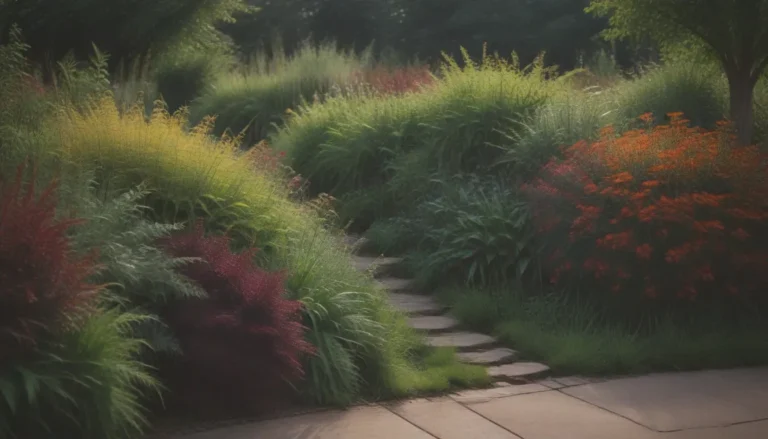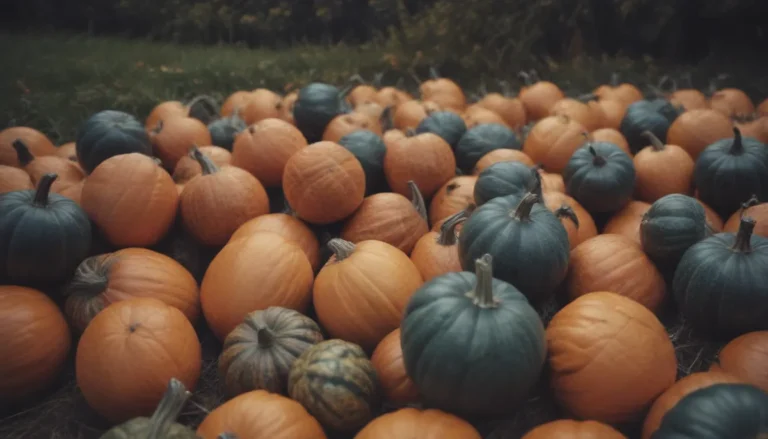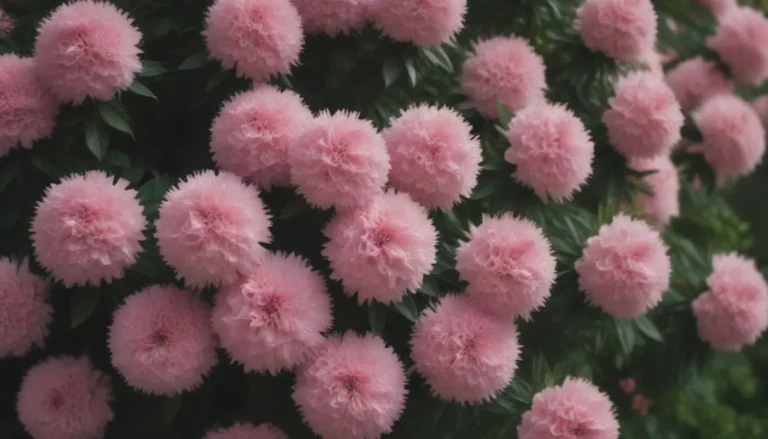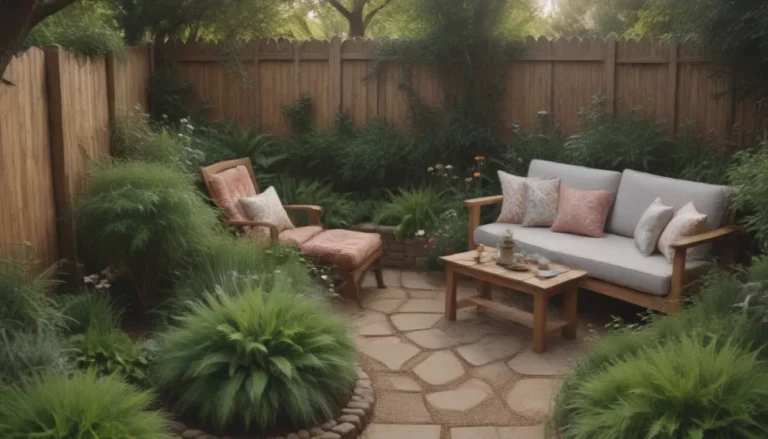Comprehensive Guide to Growing and Caring for Sassafras Trees
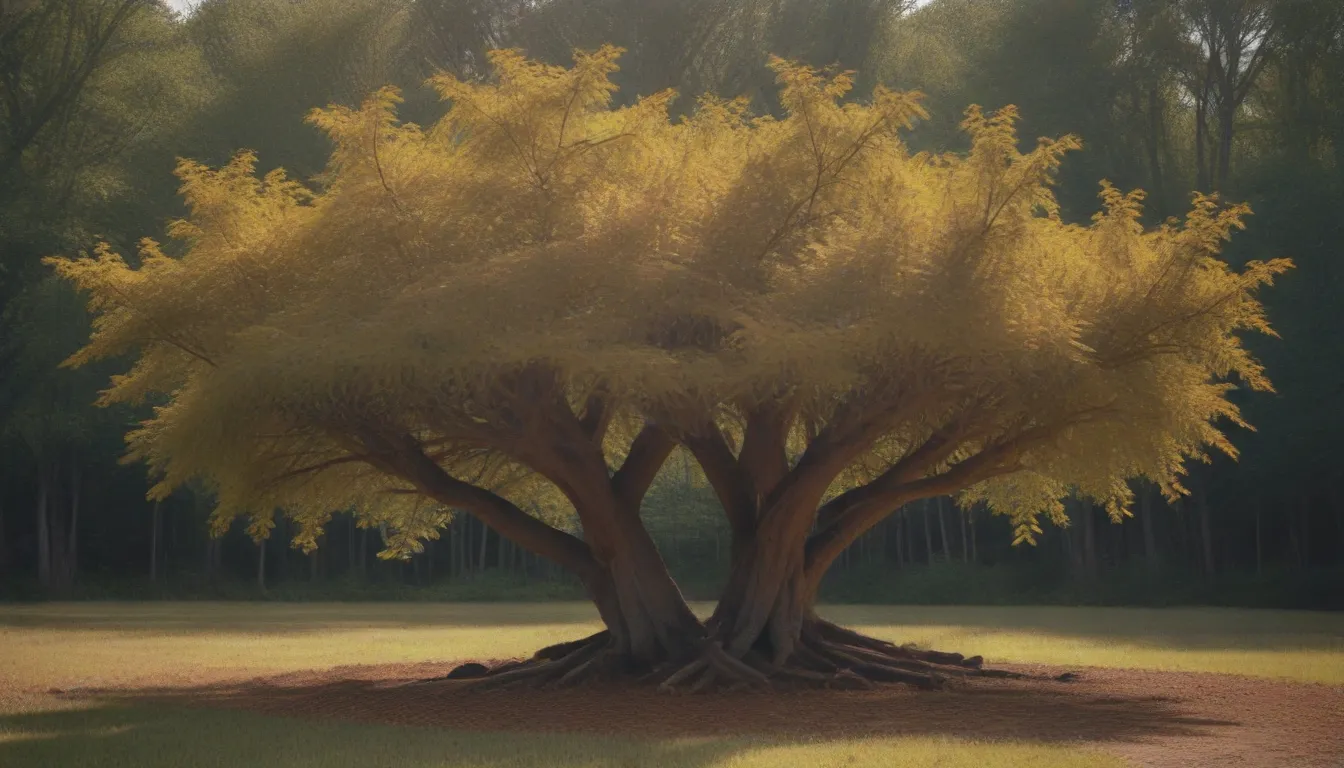
Are you looking to add a unique and beautiful tree to your landscape? Look no further than the sassafras tree! This native tree has many qualities that make it a wonderful addition to any garden or yard. From its aromatic spring flowers to its vibrant fall foliage, sassafras is sure to bring beauty and interest to your outdoor space.
Why Grow Sassafras?
Before we dive into how to grow and care for sassafras, let’s talk about why you should consider adding this tree to your landscape. Here are a few reasons why sassafras is worth planting:
- Pretty, aromatic spring flowers
- Vibrant yellow, red, or orange fall foliage
- Aromatic leaves, bark, and branches
- Tough and hardy tree that can thrive in various conditions
- Food source for wildlife such as white-tailed deer, birds, and rabbits
As you can see, there are many benefits to growing sassafras in your garden. Whether you want to create a naturalized planting, a screen for privacy, or simply enjoy the beauty of this unique tree, sassafras is a great choice.
Sassafras Care Tips
Now that you’re convinced that sassafras is the tree for you, let’s talk about how to care for it. Here are some important tips to help your sassafras tree thrive:
Light
Sassafras trees grow well in both full sun and part shade, ideally in patchy sun as an understory tree. Make sure to plant your sassafras in a location that receives adequate sunlight for healthy growth.
Soil
Sassafras trees prefer loamy or sandy soil with good drainage. They do not tolerate soggy conditions, so be sure to plant them in well-draining soil to prevent root rot.
Water
Young sassafras trees need regular watering until they are established. During the first growing season, water the tree once or twice a week if it doesn’t rain. Water deeply to ensure the water reaches the tree’s deep taproot.
Temperature and Humidity
Sassafras trees are tolerant of a wide range of climate conditions, from subzero temperatures to humidity and heat. In colder climates, the tree may develop a more shrub-like appearance.
Fertilizer
Avoid fertilizing newly planted trees in the first year, as this can stunt their growth. Established trees usually do not need fertilizer unless your soil lacks nutrients. If needed, feed your sassafras tree with a complete fertilizer at the beginning of the growing season.
Pruning
Sassafras trees do not require much pruning, except for removing weak branches in late winter or early spring. Keep in mind that sassafras has a tendency to colonize the area, so regular maintenance may be needed to prevent it from spreading too much.
Propagating Sassafras
Due to their large taproot, sassafras trees can be difficult to transplant. For the best chances of survival, consider purchasing container-grown nursery trees.
Common Pests and Diseases
While sassafras trees are generally resistant to many pests and diseases, there are a few to watch out for:
- Japanese beetles: An invasive pest that can damage the tree
- Redbay ambrosia beetle: Transmits laurel wilt disease, a deadly fungus, into the tree
- Sassafras borer: Larvae bore holes in the bark, causing wilting of foliage
If you notice any signs of pest infestations or disease, take action promptly to protect your sassafras tree.
Common Problems and Solutions
Here are some common issues that sassafras trees may face:
- Chlorotic leaves: Soil may be too alkaline, adjust pH as needed
- Wind damage: Sassafras has a slender trunk that can be susceptible to breakage in storms
By addressing these problems promptly and providing proper care, you can help your sassafras tree thrive for many years to come.
In conclusion, sassafras trees are a beautiful and unique addition to any landscape. By following these care tips and guidelines, you can enjoy the beauty and benefits of sassafras in your own backyard. Whether you choose to plant it as a specimen tree or let it naturalize and spread freely, sassafras is sure to bring joy and beauty to your outdoor space. Happy gardening!
